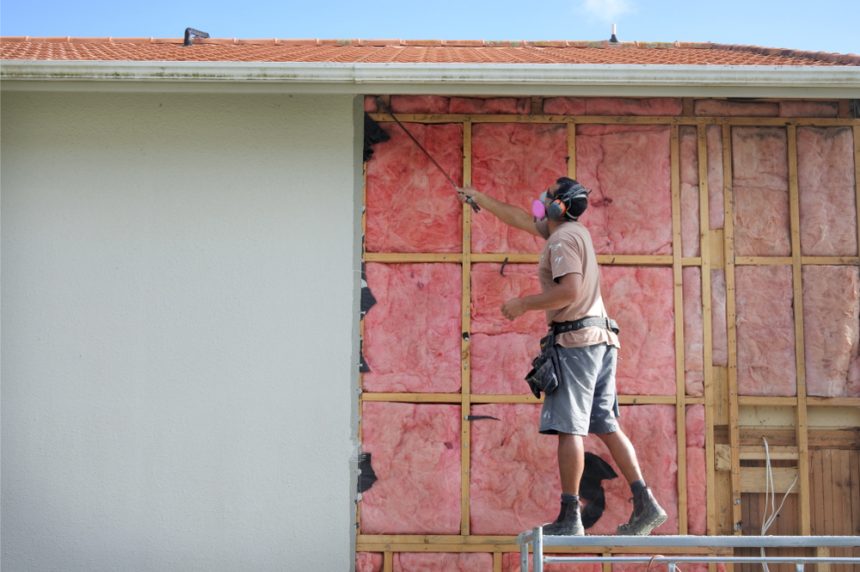Owners of aged or renovated homes have been warned to stay alert for deadly asbestos building materials hiding in plain sight amongst their backyards.
The fresh warnings come after investigations on government-owned sites across New South Wales uncovered broken asbestos-cement sheeting lying amongst garden mulch, potentially exposing thousands to the deadly compound.
According to Chair of the Asbestos Education Committee Clare Collins, the uncovered asbestos was of the low-risk, non-friable variety, but the re-emergence of the compound should raise alarm bells over how much of the material remains at large.
“…the bonded or non-friable asbestos identified in mulch are pieces of broken asbestos-cement sheeting known as fibro, which most likely came from building demolition sites,” she said.
“However, how this occurred on such a significant scale at so many sites, is the real question to be explored.
“…homeowners need to be aware that asbestos debris could be closer to home than they might think.”
“It’s not uncommon to find fibro debris left over from the original build or renovations at residential properties built before 1990, including brick, weatherboard, fibro or clad homes.
“It can be found in garden beds, loose under homes and under concrete paths. It could be anywhere.”
How can you spot asbestos?
While asbestos was found in thousands of building products, fibro was by far the most common non-friable asbestos-containing building material produced before the ban came into force in December 2003.
This non-friable asbestos cannot be crumbled, pulverised or reduced to a powder by hand pressure when dry and is thankfully considered low risk when undisturbed, sealed, wet or damp.
“Fibro debris is usually a light grey or a dirty colour (especially when mixed with soil or leaf matter), it resembles flat broken cement with the tell-tale golf ball-like dimpling on one side, and will often have jagged edges where it has been broken and may have old paint on the non-dimpled side,” Ms Collins told Build-it.
But asbestos also comes in a considerably more dangerous friable form. In this state, it can be crumbled, pulverised or reduced to a powder by hand pressure, with the fibres then becoming airborne and posing significant health risks.
Non-friable asbestos such as fibro can also become friable if damaged, demolished or exposed to the elements in unsealed fibro sheeting and is particularly common to aged, brittle corrugated asbestos-cement roofing.
According to Ms Collins, community education on asbestos could be the key to saving thousands of Aussies still at risk of exposure.
“Over 3,000 different types of building and decorator products were produced using asbestos, including under floor and wall coverings,” said Ms Collins.
“With community education key to minimising asbestos exposure risks, while these products remain in one-third of Australian homes in a wide range of products, homeowners need to visit www.asbestosawareness.com.au to learn what the materials might look like and where they might be found so they can manage asbestos safely to protect their health and the health of others.”







